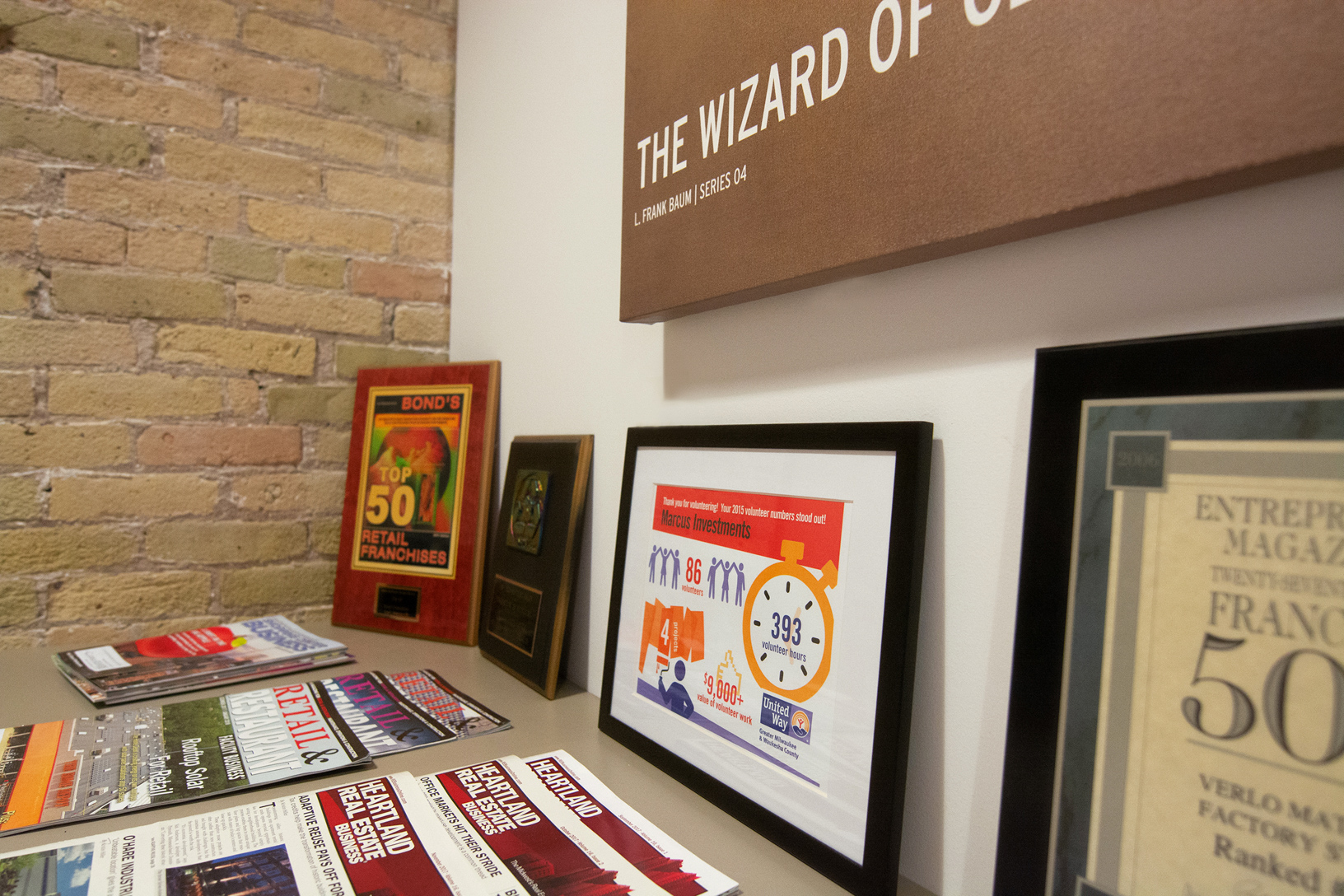The “Amazon” effect of online e-commerce on traditional retail has made retail real estate an unpopular investment. For contrarian investors, however, commercial real estate is full of potential and opportunity. As John Neff once said, “It’s not always easy to do what’s not popular, but that’s where you make your money.”
Of course, the opportunities that commercial real estate presents come with certain risks. Those who approach these risks with knowledge and wisdom — and don’t just run in fear — are the ones who will capitalize on thee contrarian investments. The most successful investors will know how to assess commercial real estate, how to mitigate risk and when to partner with an experienced team.
Assessing Retail Real Estate: 3 Tiers Based on 3 Criteria
Retail real estate opportunities can be grouped into three real estate grades based on a triad of criteria. The criteria used are:
- Real Estate Fundamentals, which includes the ingress and egress, parking, visibility, co-tenancy, and design and over fit and finish of the real estate asset itself
- Market, which includes the demographics of the metropolitan statistical area (MSA)
- Credit, which consists of the current tenant grades and the underlying retail business’s financial position and business model
A combination of these three criteria allows us to separate investment grade retail assets into three investment buckets: Tier 1, Tier 2 and Tier 3. Each of these Tiers has different risk-reward profiles.
Tier 1 properties are the trophy assets of the retail real estate investing world. They look like trophy establishments on the outside, and their numbers back up appearance with hard data. They are rarely “for sale” and trade more like asset-backed financial instruments than real assets. These properties have Grade A Real Estate Fundamentals, are in Grade A Markets (e.g. New York, Denver, Los Angeles, etc.) and have solid credit thanks to their high-quality operators.
While the quality of Tier 1 properties may make them seem like low-risk opportunities, these properties have hidden dangers. They typically return less than 4-5% per annum, thus pairing the limited risk with limited reward. On the surface, this makes sense. But the premium that investors pay for these perfect properties creates elevated risk should the unexpected happen. When the market changes drastically, investors who pay extra for supposedly perfect properties suffer the most.
Tier 2 retail properties have a blemish but are still solid. They tend to have one “B” (e.g. A location, A market and B credit; B location, A market, A credit, etc.), which generates opportunities for the discerning contrarian investor. A team that knows how to analyze these opportunities on a case-by-case scenario can determine which ones present too much risk or too little reward — and which ones match a little imperfection with lots of potential. This is where opportunistic investors play.
Tier 3 properties are those that have either at least two “B” ratings (e.g. A location, B market, B credit) or at least one “C” rating (e.g. C location, A market, A credit). Some of these properties have no “A” ratings. Without a solid foundation to build on, these properties present extreme levels of risk, but at the time they are purchased they seem like a good value. In the investment world, these investments are called “value traps” and should be avoided. It’s investors who fail to identify these risk-laden properties that usually suffer the most in the present real estate climate.
Mitigating Risk: Managing Cash Flow
Along with understanding the above three real estate tiers, investors must also appreciate the role that cash flow plays in these businesses. Focusing on properties with healthy cash flows helps mitigate risk, for properties with positive cash flows:
- Have survived and adapted to the “Amazon” effect
- Can withstand temporary downturns
- Can make investments in future adaptations and opportunities
- Provide investors with immediate returns on their investment
Partnering with an Experienced Team: Marcus Investors
If you’re interested in retail real estate, contact the experienced team at Marcus Investors. Our team has been investing in retail real estate throughout the Midwest for decades, and we focus specifically on Tier 2 properties with positive cash flows. We know how to identify opportunities, avoid “value traps” and capitalize on retail real estate while managing risk.

